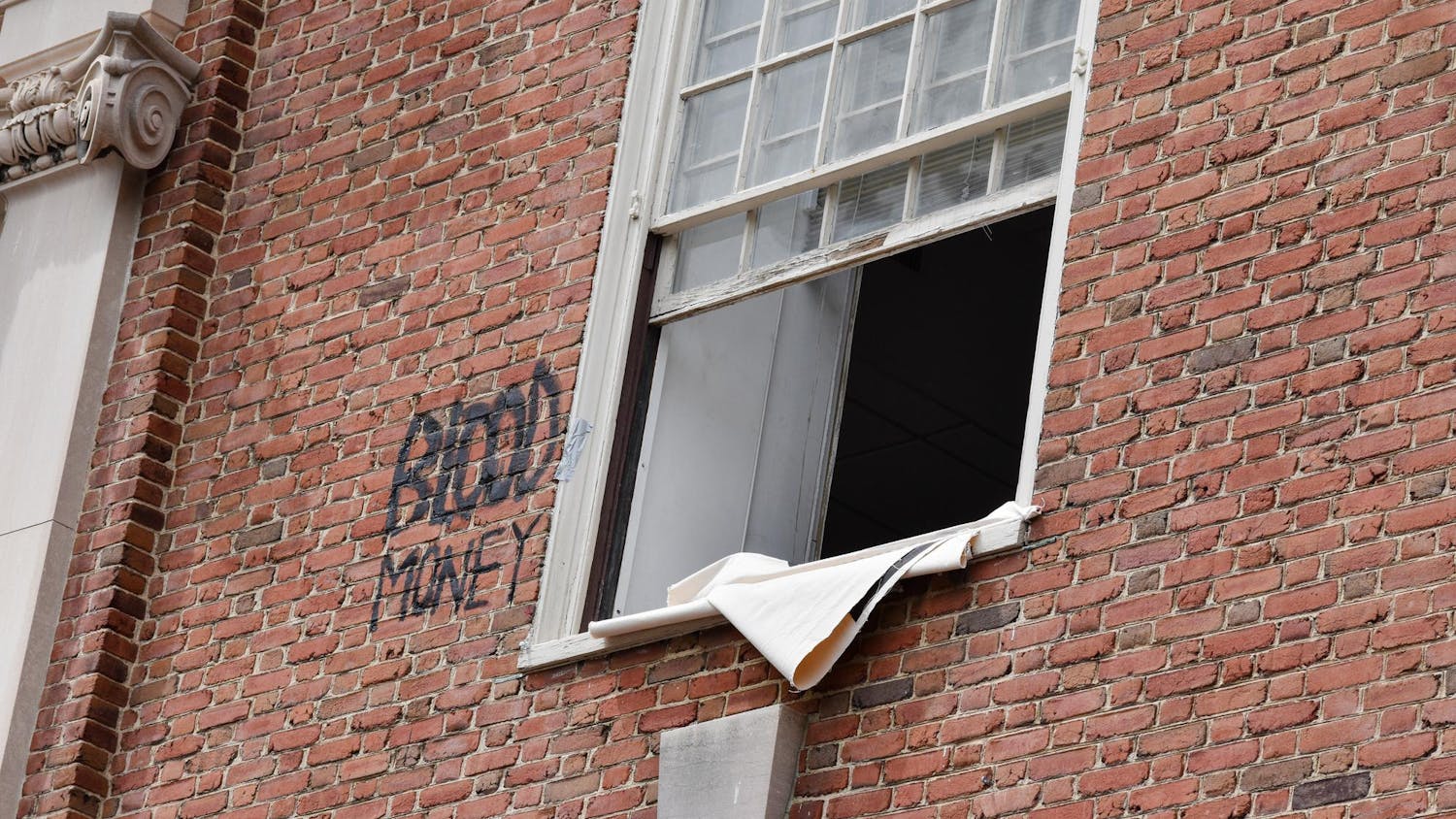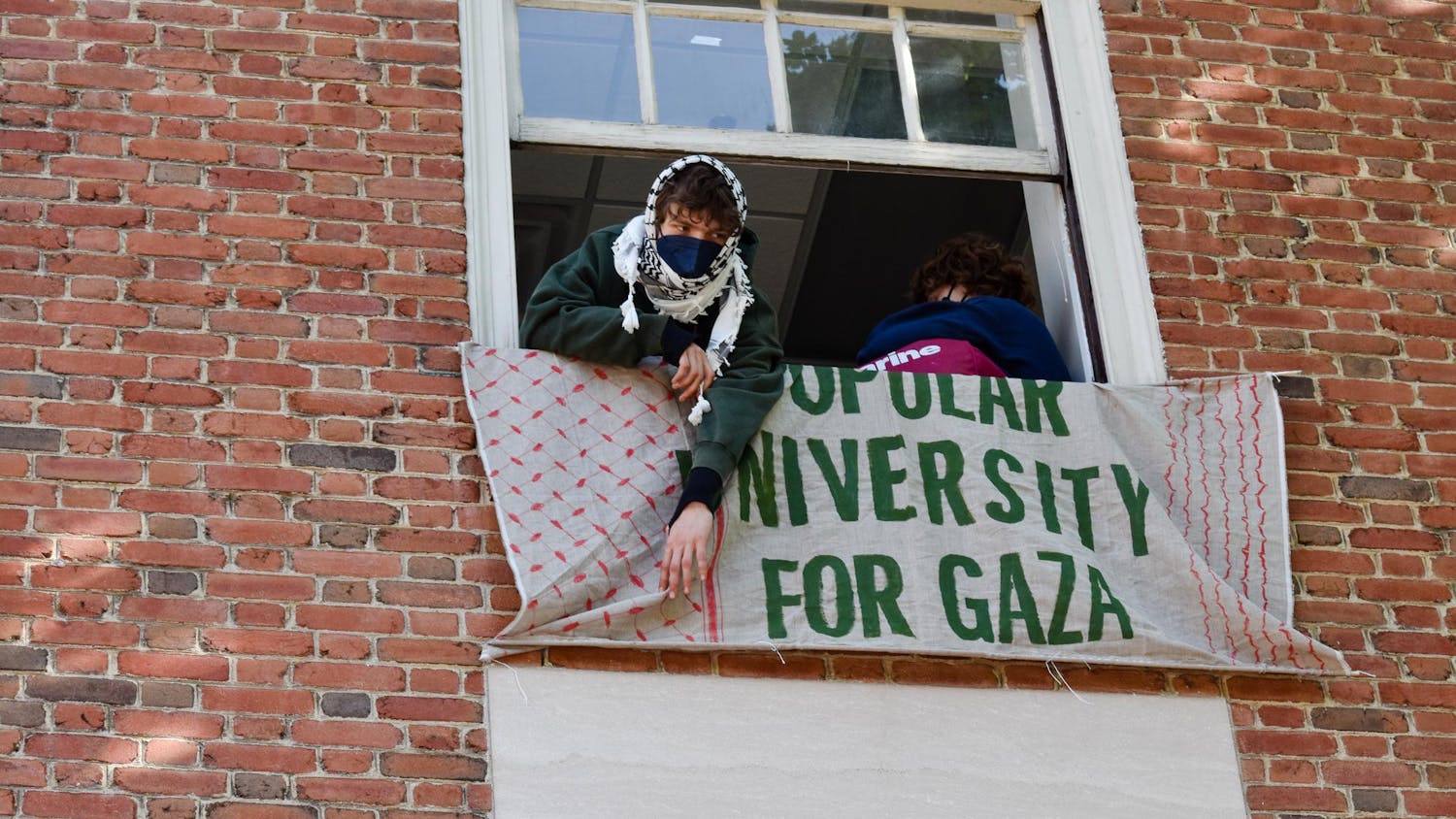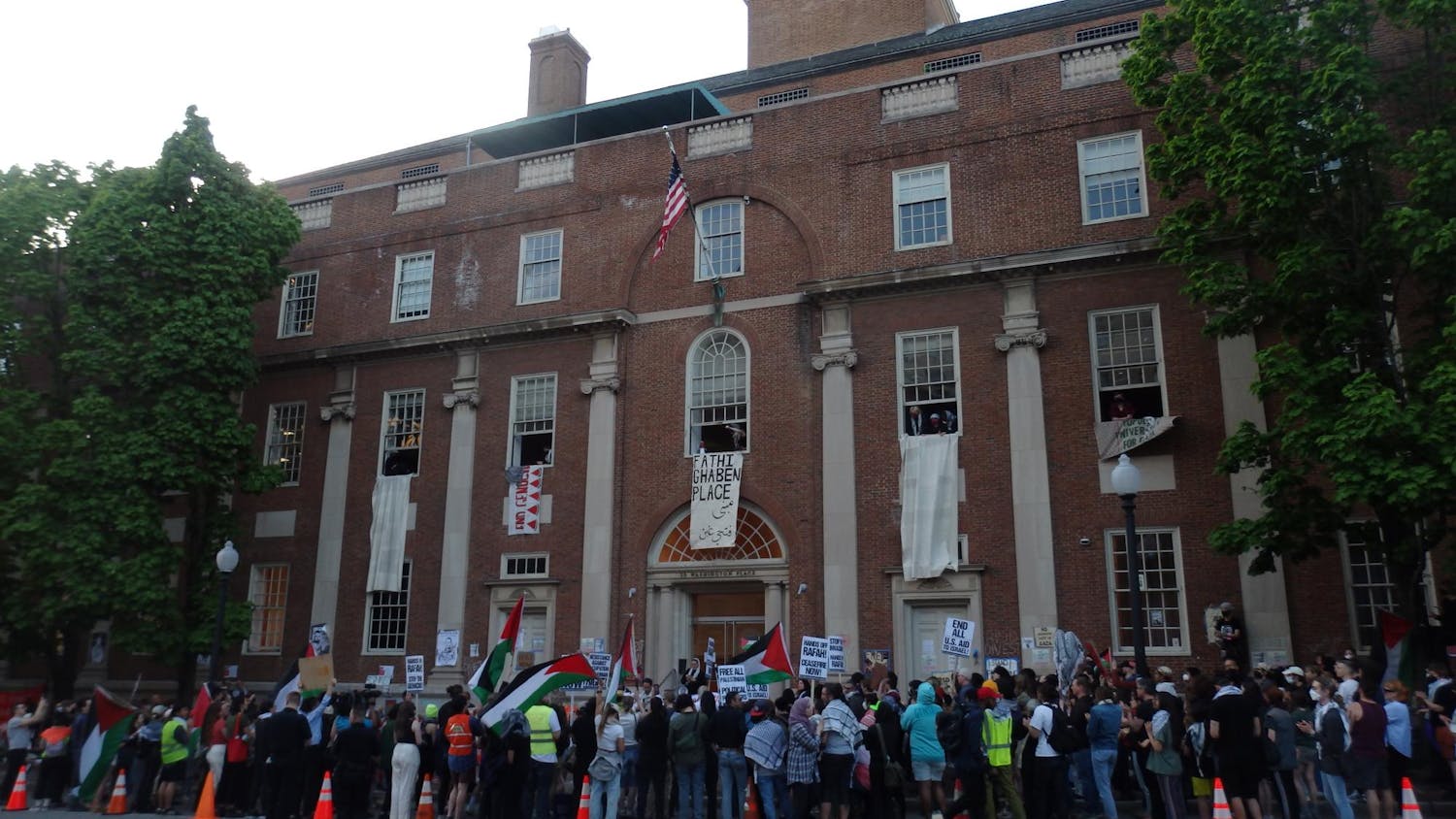City activists and law enforcement officials are considering the steps needed to address local concerns over police officers relations with people of color in the wake of the Michael Brown and Eric Garner cases.
Protests responding to the national debate over police brutality and racism in the criminal justice system have been held across Providence over the past few weeks. In solidarity with Brown and victims of police violence, protestors marched across the city, demanding recognition and justice after Darren Wilson, the police officer who shot and killed Brown, was not indicted by a grand jury Nov. 24.
And with Wednesday’s grand jury decision over the death of Garner in Staten Island, New York — in which Daniel Pantaleo, the police officer responsible for Garner’s death, was also not indicted — outcry across the city remains constant.
Organized voices
In Providence, the protests and community reaction have directly engaged with questions of racial biases and the relationship between local law enforcement and communities of color in the city.
“Get out of your house and into the streets!” chanted demonstrators at the Nov. 25 Providence protest, which was coordinated by the organization End Police Brutality PVD and was held immediately after the grand jury’s decision in the Michael Brown case. As protestors wove through residential neighborhoods in South Providence, many urged residents and onlookers to join the procession, multiple sources said.
“This is not a new issue,” said Rebecca McGoldrick ’12, who heads the Providence nonprofit Protect Families First, which works to fight against America’s “war on drugs.” Brown’s death “was not the only trigger. People and groups across Providence have been working and organizing around this for a long time,” she said. “It has been a long conversation.”
“There is deep-seated mistrust of police,” said Amy Espinal, a Providence resident who participated in the protest and helped publicize a subsequent Monday rally. “And it shouldn’t be that way. We’re not so large of a community where we should all be strangers to each other.”
In their Facebook event description for the march, “#INDICTAMERICA: Turn up for Mike Brown!,” organizers expressed their lack of faith in the American justice system: “Regardless of the indictment outcome, we acknowledge that the judicial system — from the courts to the cops — will never be capable of rendering any semblance of justice.”
Thomas Verdi, commanding officer in the uniform division of the Providence Police Department, said he thought there were nearly 1,000 demonstrators at the rally’s peak, though an article from the Providence Journal puts the number between 400 and 600 people.
Protesters marched for about two hours, chanting slogans such as “No justice, no peace! No racist police!” and “Hands up, don’t shoot!” Some drew chalk outlines of bodies to symbolize lives lost to police violence, wrote out messages to different victims and burned an American flag.
About 150 people jumped the fence onto I-95 in a steady stream, blocking traffic and putting their hands up in the symbolic “hands up, don’t shoot” gesture that has become emblematic of many Ferguson protests. Due in part to being slowed down by traffic, the police did not stop the protesters right away, and they were able to take over a small section of the highway for about 15 minutes, said Ian Georgianna ’15.
Alex Karim ’17, who protested Nov. 25, provided an account of police force used against the highway protesters — two African-American men were seemingly randomly picked out of the group and harassed by officers, he said. “They weren’t doing anything, they were unarmed, there was no difference between them and all the other protesters in that line,” Karim said. It makes one believe, she said, that “race could be the only reason they were targeted.”
The perceived existence of racial biases in law enforcement and some public distrust of police in Providence echo the national conversation about Ferguson.
Matthew Guterl, professor of Africana studies and American studies, said racial bias is a deeply entrenched problem in American history and culture. “The idea of the dangerous physicality of black men dates back to the slavery era, to the Black Codes that were put in place with emancipation,” he said. “It’s a very old trope, a very old way of seeing black bodies.”
There are structural realities, Guterl added, including “geographies of race and class that reinforce hierarchies — socioeconomic hierarchies, physical hierarchies — that affect how we see race.” He said more scientific study is needed to address how police officers see black bodies.
Searching for solutions
Jim Vincent, president of the Providence chapter of the National Association for the Advancement of Colored People, said the Providence NAACP has been working to address tensions between police officers and people of color in a variety of ways, including supporting stronger racial profiling prevention laws, advocating for more comprehensive diversity training in the police department and bringing more diversity into the force itself.
The last point is one on which the organization has already made some progress: In the previous two graduating classes of the Providence Police Training Academy, there were unprecedented levels of racial diversity among the recruits, Vincent said.
“You’d be hard pressed to find another department in Rhode Island or even the whole Northeast which has this kind of diversity training,” he added.
Verdi also said he would personally embrace the implementation of body cameras on officers because “it would benefit the officers, the department and the community.” Providence Public Safety Commissioner Steven Paré has also publicly expressed his support for the idea.In an interview with RI Future, he said that within three to five years all officers will be wearing the cameras.
But despite the progressing discussion over such proposals, many are concerned about how to address deeper structural and ideological problems that exist in society.
“There are no simple solutions,” Karim said.
“For me personally a lot of it is about constant awareness, not letting people forget,” said Wendy Rogers GS.
“Will we forget it, and six months down the line, let something like this happen again?” Guterl asked. “I can’t say I’m all that optimistic, … but there is an optimism that wants to come out.”
ADVERTISEMENT




